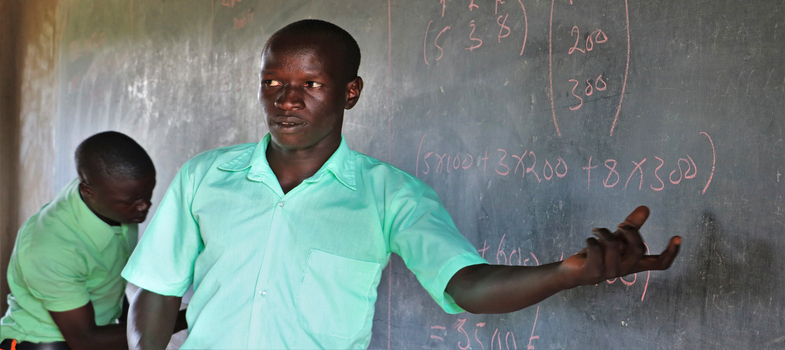Problem-based learning
Problem-based learning is a method that challenges learners to learn by solving problems presented in the form of case studies and simulations.This method enables learners to be self-directed and to acquire lifelong learning skills. Problem-based learning produces critical thinkers and problem solvers as learners integrate knowledge and skills from a number of disciplines. It motivates learners to find and use appropriate learning resources. The method is rooted in the experiential learning tradition. Its characteristics include:
- Complex, real world situations that do not have one ‘right’ answer
- The teachers acts as a facilitator
- It addresses a specific problem while calling for knowledge and skills from several disciplines
- Tends to be shorter than project-based learning, and follows specific, traditionally prescribed steps
- The outcome is a proposed solution, expressed in writing or in an oral presentation
Execution
Watch the video below and learn in 5 key steps how to integrate Problem-based learning:
Overview of key steps:
- Identify a problem relevant to the curriculum. Focus on complex, real world situations that do not have one right answer (lesson planning)
- Split students into small groups, assign the problem to several groups for them to work on (lesson delivery)
- Let students investigate the problem and generate ideas from various sources (lesson delivery)
- Pose critical questions to enable students analyse ideas and knowledge obtained from various sources (lesson delivery)
- Let students present their findings and solutions to the class (lesson delivery)
Methods for Active Teaching and Learning Methods/ Project-based learning
